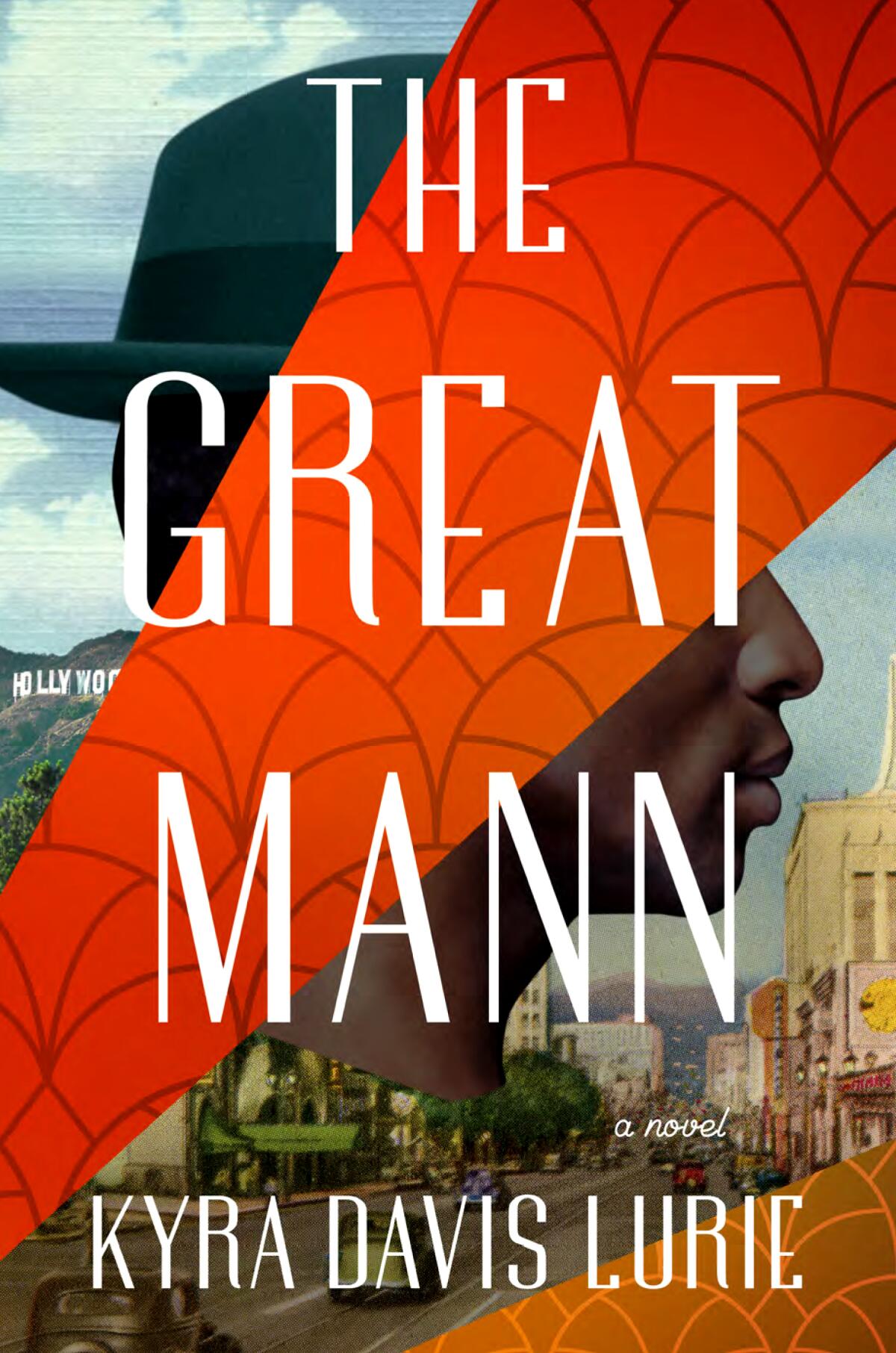Column: Trump’s tone-deaf displays are turning off voters
President Trump has long acknowledged that he doesn’t read books, so perhaps he’s never cracked the spine of F. Scott Fitzgerald’s “The Great Gatsby.” But hasn’t he seen one of the several movies? Does he really not know that Gatsby is a tragedy about class, excess and hubris?
It seems not. On Halloween, there was Trump, dressed as himself, hosting a Gatsby-themed party at his Gatsby-era Mar-a-Lago estate. The president was fresh from a diplomatic tour of Asia during which he’d swept up an array of golden gifts (a crown!) from heads of state paying tribute in hopes of not paying tariffs.
Trump’s arriving guests, costumed as Roaring ’20s flappers, bootleggers and pre-crash tycoons, passed a scantily clad woman seductively writhing in a giant Champagne glass, then entered his gilded ballroom beneath a sign in Art Deco script pronouncing the night’s theme: “A little party never killed nobody.”
That’s the title of a song from the soundtrack of Baz Luhrmann’s 2013 film take on Gatsby, the most recent. Perhaps Trump is unaware that in the wake of the fictional Gatsby’s own debauched party, three people died, including Gatsby.
The tone-deaf Trump faced a comeuppance far short of tragedy after his party, but painful nonetheless: a blue wave in Tuesday’s elections. Revulsion at his imperial presidency swamped Republican candidates and causes.
The apparent ignorance of Mr. Make America Great Again about one of the great American novels, now in its centennial year, wasn’t the worst of Trump’s weekend show of excess. This was: The president of the United States held court at Mar-a-Lago, amid free-flowing liquor and tables laden with food, hours before federal food aid would end for 42 million Americans. Meanwhile, more than 1 million federal employees were furloughed or worked without pay amid a five-week-old government shutdown, some of them joining previously fired public servants at food banks. The online People magazine juxtaposed a photo of Trump surveying his Palm Beach party with a shot of nearby Miamians in a food line.
The president, who for nearly 10 months has seized powers he doesn’t have under federal law and the Constitution, professed to be all but powerless to avert the nutrition assistance cutoff, despite two federal judges’ rulings that he do so. And, characteristically, he claimed to be blameless about the shutdown that provoked the nutrition crisis.
“It’s their fault,” Trump said of congressional Democrats as he flew to Mar-a-Lago for the fete. “Everything is their fault. It’s so easily solved.”
How? Why, Democrats have to bend the knee, of course. They must abandon their quest to get Trump and Republicans to reverse their Medicaid cuts and to extend Obamacare subsidies for the working poor. Even as Mr. Art of the Deal claims (falsely) to have settled eight wars, bargaining even with Hamas, he’s refused to negotiate with Democrats. The shutdown is now the longest ever, on Tuesday surpassing the 35-day record Trump set in his first term.
There’s more.
En route to Florida aboard Air Force One, the presidential plane that Trump is replacing with a truly royal jet, a gift from Qatar, and having left behind the ruins of the East Wing where his $300-million ballroom will rise, Trump took to social media to boast of his latest project in the Mar-a-Lago-fication of the White House: an all-marble and gold do-over of the bathroom adjoining the Lincoln Bedroom. “Highly polished, Statuary marble!” he crowed, sending two dozen photos in a series of posts. Trump wrote that the previous 1940s-era bathroom “was totally inappropriate for the Lincoln Era,” but his changes fixed that.
“Art Deco doesn’t go with, you know, 1850 and civil wars and all of the problems,” he’d told wealthy donors last month. “But what does is statuary marble. So I ripped it apart and we built the bathroom. It’s absolutely gorgeous and totally in keeping with that time.”
And with that, Trump again showed his ignorance of America’s history as well as its literature. That said, the new bathroom is more attractive than the one at Mar-a-Lago in which Trump stashed boxes of government documents, including top-secret papers, after his first term.
Trump’s lust for power and its trappings seems to have made him blind to bad optics and deaf to the dissonance of his utterances. The politician who’s gotten so much credit — and won two of three presidential elections — for speaking to working-class Americans’ grievances now seems completely out of touch. There’s also his family’s open accrual of wealth, especially in crypto, and Trump’s recent demand for $230 million from the ever-accommodating Justice Department, to compensate him for the past legal cases against him for keeping government documents and attempting to reverse his 2020 defeat.
All of this while Americans’ costs of living remain high, people are out of jobs thanks to his policies and longtime residents, including some citizens, are swept up in his immigrant detentions and deportations, sundering families.
This week’s election results aren’t the only thing that suggests Trump is finally paying a price. So did the release of several polls timed for the first anniversary of his reelection. Despite Trump’s claims to the contrary, his job approval ratings are the lowest since the ignominious end of his first term. Majorities oppose his handling of most issues, including the ones — the economy and immigration — that helped elect him.
The narrator in “The Great Gatsby” famously says of two central characters, “They were careless people, Tom and Daisy — they smashed up things and creatures and then retreated back into their money or their vast carelessness, or whatever it was that kept them together, and let other people clean up the mess they had made.”
I’m looking forward to the day when the careless Trump is gone and his mess can be cleaned up — including all that gold defiling the People’s House.
Bluesky: @jackiecalmes
Threads: @jkcalmes
X: @jackiekcalmes



